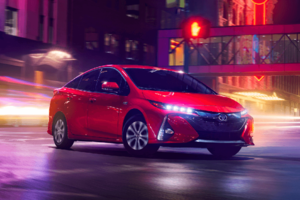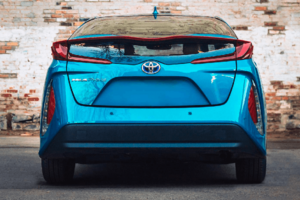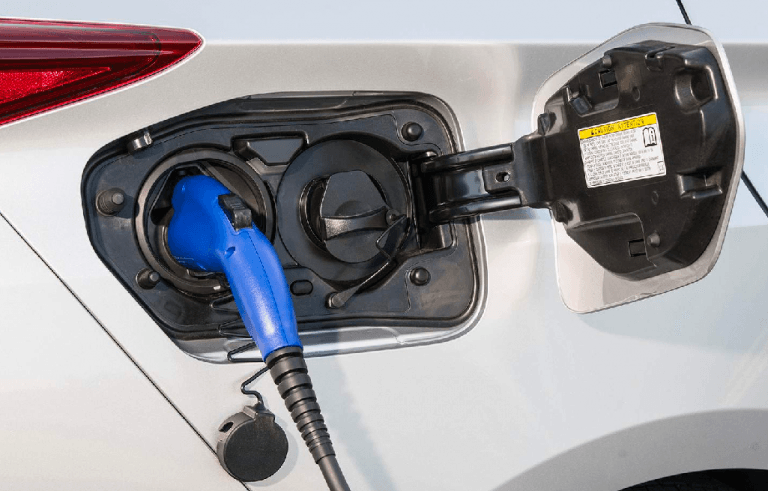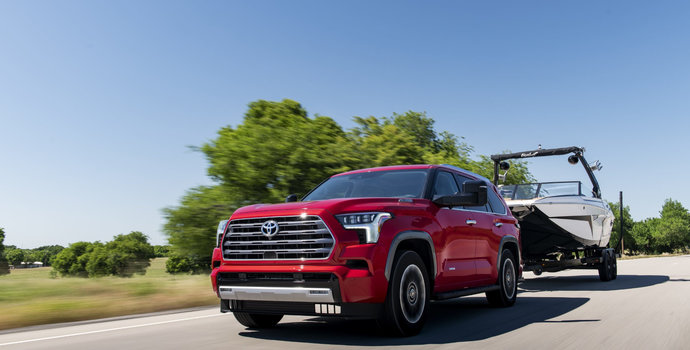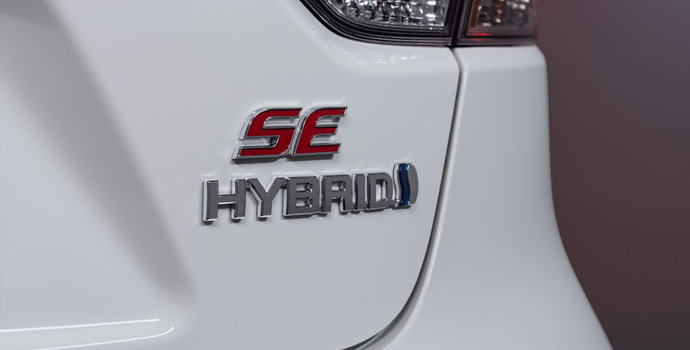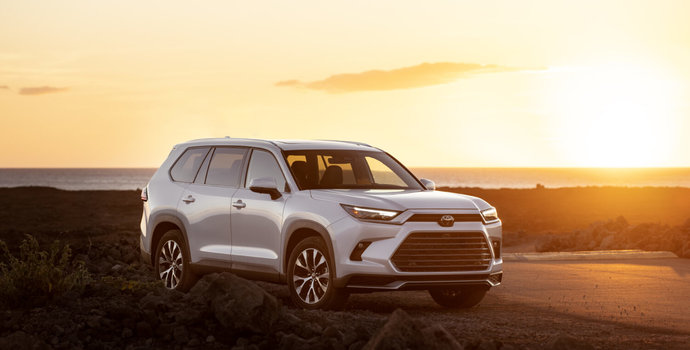With a growing concern about the environmental impact we have on our planet, as well as the financial worries about continuing price fluctuations in gasoline, it might seem like an odd time to get a new car. But with the 2020 Toyota Prius Prime, you get a new vehicle that can address both of these concerns while giving you a premium driving experience. If you don’t know much about the Prius or are interested in one, here are answers to the top Prius-related questions.
What is the Prius Prime?
The 2020 Toyota Prius Prime is a hybrid electric vehicle. This means that it runs on two different power sources, a traditional internal combustion engine that uses gasoline, which drivers are familiar with, and an electric motor. It is a way for drivers to enjoy the environmental friendliness of an electric vehicle, while not being restricted by the range limitations of a battery-only vehicle.
What Makes the Prius Prime Stand Out?
The unique feature of a hybrid vehicle like the 2020 Toyota Prius Prime is that it combines the best of both worlds for a dramatic increase in the Prius Prime range, without compromising fuel efficiency.
The 2020 Toyota Prius Prime is capable of operating in three modes. It can work as a gasoline-only vehicle; it can work as an electric-only vehicle; or for maximum effectiveness, it can work as a hybrid, seamlessly switching between the two modes for whatever is the most efficient. So, even if you’re running on fumes, the electric motor can keep the car going, and even if the batteries are drained, as long as there’s gas in the tank, the internal combustion engine keeps the car mobile.
What Are the Different Models Available?
There are two different models of the Prius available, the 2020 Toyota Prius Prime and the Prius Prime Upgrade. In terms of performance, both models are identical. Where they differ is in convenience features, such as the Prime Upgrade having a larger touchscreen or power seating.
Is it Eligible for Tax Rebates?
The 2020 Toyota Prius Prime is eligible for both federal and provincial tax rebates in provinces that offer them. The federal level iZEV program stands for “Incentives for Zero-Emission Vehicles” and qualifies owners of such vehicles for a tax rebate.
In the provinces of Quebec and British Columbia, additional tax rebates are offered by the provincial government that “stack” with the federal rebate.
How Does the Prius Prime Work?
You can select the mode you would like to drive in, such as:
- EV mode is for electric only.
- EV Auto is primarily electric with some gasoline engine reinforcement.
- Hybrid mode uses both power sources depending on the situation and availability. This gives you the choice of driving with zero emissions or getting the boost from gasoline when acceleration and higher speeds matter.
Is It Fuel Efficient—What is Its Range?
The Prius Prime electric range is measured through units of Le/100km. In this case, the Prius Prime range is 1.8 Le/100 km. This approximately translates to a total Prius Prime range of 1,035 km on a full tank of gas, with a fully recharged battery.
Is the Prius Prime a Plug-In?
Yes, it is. The 2020 Toyota Prius Prime comes with a charging cable. One end of that cable will plug into any standard Canadian or American power outlet, while the other end is fitted specifically to the charging receptacle of the Prime itself. You do not need to access a specific type of charging station to recharge the vehicle, nor do you need a special charging station installed at your home.
How Many KwH Does It Take to Charge the Prius Prime?
There are three ways to recharge the 2020 Toyota Prius Prime. The Prime recharges itself in small ways while driving. Regenerative braking takes the mechanical energy of the braking process and converts some of it back to electricity. However, a normal household 120-volt outlet will fully recharge a 2020 Toyota Prius Prime in 5.5 hours, while a 240-volt outlet can do it in just over 2 hours.
When Will the Prius Prime Be Available in Canada?
The 2020 Toyota Prius Prime is out now! Give us a call and ask the staff any questions you may have about features, options, range, and fuel-efficiency.



